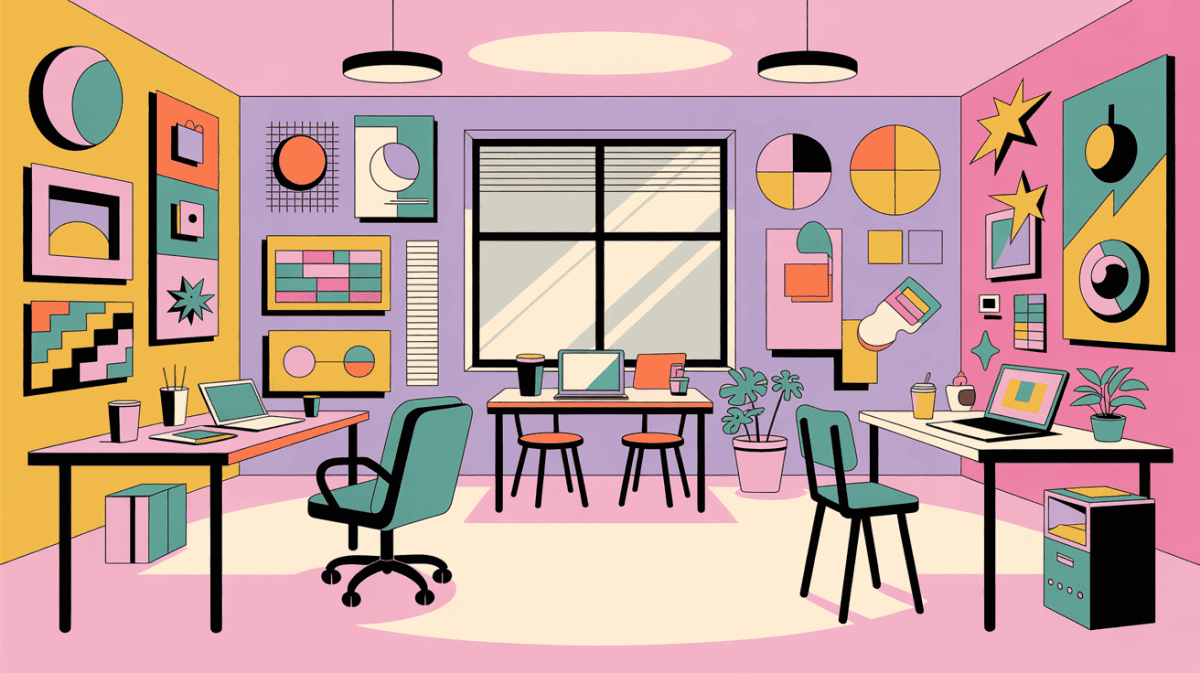Remember when being a designer meant crafting experiences that mattered? When your portfolio showcased innovation instead of incremental A/B test victories? Those days are fading fast, and designers are voting with their feet.
The numbers are stark: 47% of senior designers surveyed in 2024 are actively planning career changes. Not just job changes—complete career pivots. They’re becoming teachers, opening bakeries, or retreating to freelance work where they can at least choose their battles. This isn’t just another tech industry trend. It’s a crisis of creativity, and it’s getting worse.
The Perfect Storm
Three forces are driving this exodus: the rise of AI-driven design tools, the tyranny of stakeholder committees, and the death of creative risk-taking.First, let’s talk about AI. Tools promised to handle the grunt work, freeing designers for “strategic thinking.” Instead, they’ve become weapons for stakeholders to demand endless variations. “If AI can generate 100 options in seconds, why can’t you?” The result? Designers spend more time cleaning up AI-generated mediocrity than creating original work.Then there’s the stakeholder circus. Design by committee has evolved into design by chaos. Every product manager, engineer, and executive needs their say. “Make the button blue. No, red. No, A/B test both.” Designers have become professional meeting attendants, defending basic usability principles against “data-driven” demands for dark patterns.But the real killer? The death of risk-taking. Innovation requires failure. Growth requires experimentation. Yet in today’s metrics-obsessed culture, every pixel must justify its ROI. Designers can’t explore bold ideas when quarterly profits demand safe, tested patterns.
The Human Cost
Meet Sarah, a senior designer who recently quit her role at a major tech company: “I used to solve problems. Now I optimize engagement metrics. My last project? Making our app more addictive. I couldn’t sleep at night.”
Or Tom, who left design after 12 years: “The final straw? Being told to make our unsubscribe flow ‘more engaging.’ They meant harder to find. I’m not participating in that anymore.”
These aren’t isolated cases. They represent a growing realization that the industry has lost its way.
The Metrics Trap
Modern design roles have become exercises in optimization theater. Success isn’t measured by user value but by engagement metrics:
- Time spent in app (regardless of user benefit)
- Click-through rates (even if achieved through manipulation)
- Conversion optimization (often at the cost of user trust)
Designers are expected to be data-driven, but only when the data supports business goals. User research showing negative impacts? “Not statistically significant.” Dark patterns hurting long-term retention? “But look at this quarter’s growth!”
The AI Amplification
Artificial Intelligence was supposed to elevate design. Instead, it’s amplifying the worst industry tendencies:
- Stakeholders expect instant iterations
- Creative exploration is replaced by prompt engineering
- Unique solutions give way to AI-generated templates
- Design systems become increasingly rigid and soulless
The Way Forward
The exodus isn’t inevitable, but stopping it requires radical change:
- Redefine Success Metrics
- Measure user well-being, not just engagement
- Track long-term retention over quick wins
- Value innovation attempts, even if they fail
- Reset Stakeholder Relationships
- Designers need veto power over dark patterns
- Creative exploration must be protected
- User advocacy should outweigh short-term profits
- Rethink AI’s Role
- Use AI for inspiration, not final solutions
- Protect time for human creativity
- Challenge the automation of design decisions
The Wake-Up Call
This exodus is a warning signal. When creative professionals abandon an industry en masse, something is fundamentally broken. Companies face a choice: reform their approach to design or watch their talent disappear.For designers still in the trenches, the message is clear: You’re not alone. The frustration is systemic, not personal. Change is possible, but it requires collective action and a willingness to push back against toxic practices.The future of design hangs in the balance. Will companies recognize the crisis and reform? Or will we watch the continued exodus of talent until all that’s left are AI tools and the people who prompt them?
The choice is ours. But the clock is ticking.


Leave a Reply